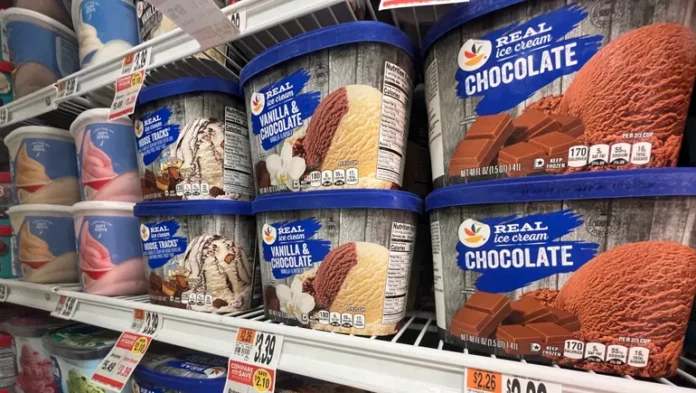The ongoing trade war between the United States and numerous other countries is causing significant upheaval for consumers. Marshal Cohen, Chief Retail Industry Adviser at Circana, noted that dynamic shifts in consumption patterns are already taking place across different consumer groups and retail segments. Consumers are facing confusion as they try to navigate how to prioritize their purchases amidst this period of significant change.
A multitude of countries have responded to the Trump administration’s tariffs with tariffs of their own, potentially leading to price increases on a variety of goods such as apparel, footwear, electronics, furniture, and food. However, it is not just tariffs that are contributing to the uncertainty affecting U.S. consumers. Factors like high prices, rising debt, concerns among Hispanic consumers about immigration policies, extreme weather events, and natural disasters are all disrupting spending patterns, as highlighted in a recent report from Circana.
Inflation, which has already strained household budgets, is expected to rise further due to the tariffs aimed at increasing prices and making certain goods less affordable. Wells Fargo economists predict that the recent tariff rate increase will drive personal consumption inflation rates beyond baseline forecasts. This could weaken consumer spending power, business profits, investments, and hiring, potentially leading to negative impacts on economic growth.
The National Retail Federation has warned of lower GDP growth and slower consumer spending due to the uncertainty surrounding tariffs and their consequences. Retail sales are projected to grow between 2.7% and 3.7% this year, reaching up to $5.5 trillion. Certain forces like weather events and specific consumer groups, such as Hispanic consumers, are contributing to these challenges. Hispanic consumer demand is currently underperforming compared to non-Hispanic consumers, a trend that off-price retailers have already observed.
Since 2020, rising prices on essential goods coupled with sluggish wage growth have led to decreased demand for discretionary items, according to Circana. In 2023, general merchandise saw a peak average price increase of 25% compared to 2019 levels, resulting in a 9% decrease in demand. The shift towards value options like private label and off-price products has become more pronounced. Earnings guidance for the year has not fully accounted for the economic slowdown caused by the Trump administration’s policies, such as downsizing the federal government and the immigration crackdown.
UBS Global Research analysts highlighted that the tariffs are impacting an economy that was already showing signs of slowing down, with the US consumer displaying fatigue. The current state of affairs underscores the need for consumers, businesses, and policymakers to adapt to the changing landscape and navigate the challenges posed by the trade war and other economic uncertainties.




